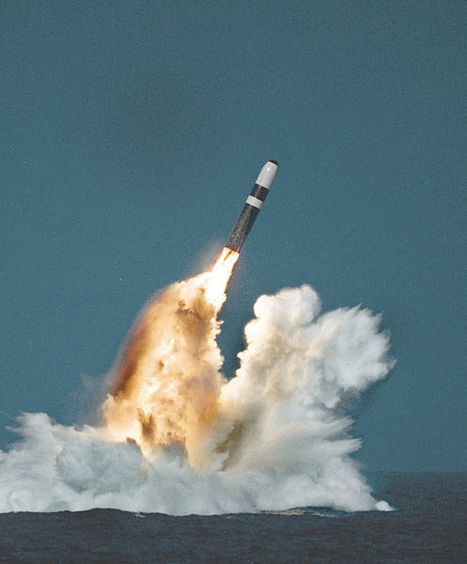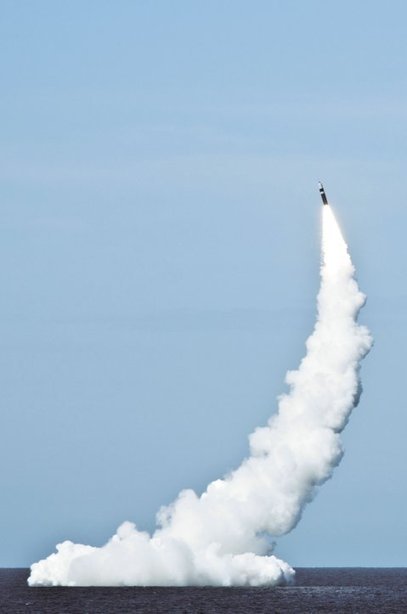Lockheed Martin Space Systems Strategic and Missile Defense Systems deputy and Fleet Ballistic Missile programmes vice-president Mat Joyce said: "These latest test flights demonstrate the reliability of the D5 missile and the readiness of the entire Trident strategic weapon system, every minute of every day.
"The navy programme office, the submarine crews and the industry team never rest to ensure the safety, security and performance of this crucial deterrence system."
Prior to testing, the missiles were adapted to test configurations using kits comprising a range safety devices and flight telemetry instrumentation.
The US Navy performs a series of operational system evaluation tests for the Trident strategic weapon system under the testing guidelines of the Joint Chiefs of Staff.
Trident II D5 is a three-stage, solid-propellant, inertial-guided ballistic missile, capable of travelling a range of 4,000nm while carrying multiple, independently targeted re-entry vehicles.
It is currently aboard the US Navy Ohio-class and UK Royal Navy Vanguard-class submarines.
The missile's design was completed in 1989 and was first deployed in 1990.
Lockheed Martin Space Systems is the strategic missile prime contractor for the US Navy's strategic systems programmes.



 Your new post is loading...
Your new post is loading...








